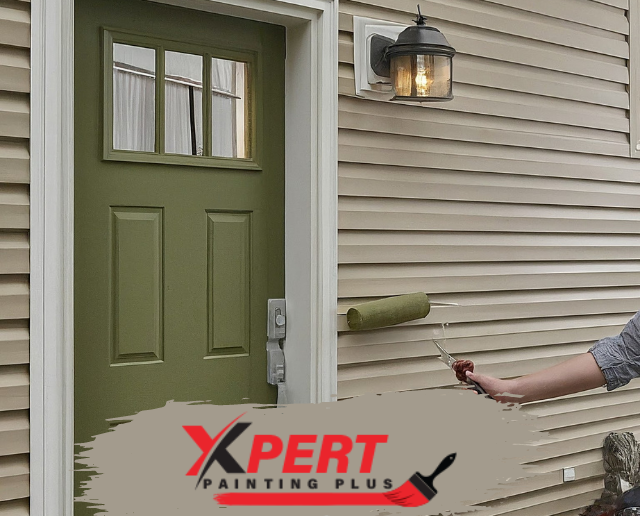
Vinyl siding is a popular exterior home covering due to its low maintenance and durability. However, over time it can fade, chalk, or collect dirt and grime. This may lead homeowners to consider repainting their vinyl siding to spruce up the look of their home's exterior. But before taking on a vinyl siding paint job, there are some important factors to consider.
If you live in a neighborhood with a homeowners association (HOA), be sure to check the rules before painting your vinyl siding a different color. Many HOAs have regulations about acceptable paint colors or require approval before exterior changes can be made. Getting HOA approval in advance will ensure you don’t have to redo your paint job.
It's essential to start with a very clean surface when preparing vinyl siding for paint. Use a pressure washer to remove built-up dirt, mildew stains, chalk residue, and other debris. Check for any rotted or damaged pieces of siding that need replacement before painting. Addressing underlying issues will allow the new paint to adhere properly.
For the best paint adhesion, the vinyl siding needs to be scuffed up to remove any remaining gloss and create a surface profile. This is achieved by lightly sanding using an electric palm sander and 100-150 grit sandpaper. Be careful not to remove too much material or go through the vinyl top layer. The goal is to roughen up the surface, not thin the siding.
Priming is undoubtedly the most vital preparatory step when painting vinyl siding. Use a high-quality bonding primer specifically designed for plastic such as vinyl siding. This contains ingredients to etch into slick vinyl and provide maximum paint adhesion. Tinting the primer close to your finish color is recommended to improve coverage. Allow for full drying time before painting.
On top of the adhesion primer, apply 100% acrylic latex paint in your color choice for vinyl siding. Oil-based or other paint types should be avoided as they are more prone to chipping or peeling. Combining acrylic primer and paint will lead to the best-looking, most durable finish on vinyl siding. Apply two finish coats for ample coverage and vivid color.
Be sure to carefully read and follow the instructions provided by the specific primer and paint manufacturers you choose. Pay attention to proper dry times, application methods, temperature limitations, and other guidelines. Adhering to the manufacturer's specifications could positively impact results and lead to system failures. Do your due diligence here.
While painting vinyl siding, uphold proper procedures to ensure you get the most out of your paint job. Apply products only in dry conditions within the specified temperature range. Use high-quality brushes and roller covers. Maintain a wet edge and evenly coat all surfaces, including cut-ins. Allow for thorough drying between coats. Take your time for the best outcomes.
Some vinyl siding comes with long-term warranties from the manufacturer against cracking, buckling, and fading. Painting the siding likely voids this original warranty, so check before proceeding. On the plus side, reputable paint companies provide separate warranties on their vinyl siding painting systems lasting 20 years or more when properly applied.
Getting flawless, long-lasting results when painting vinyl siding requires skill and knowledge. Rather than taking on this exterior paint job yourself, consider hiring professional house painters who specialize in painting vinyl siding. They have the expertise to properly prepare, prime, and paint the siding for maximum durability and aesthetic appeal.
Painting faded or dirty vinyl siding can upgrade your home's curb appeal and add value. But only if it's done correctly. By cleaning, sanding, and priming the surface properly before applying high-quality acrylic latex paint, you can achieve great-looking results that will last for many years. Or leave it to the painting professionals! Get painting vinyl siding services from Xpert Painting Plus NOW.